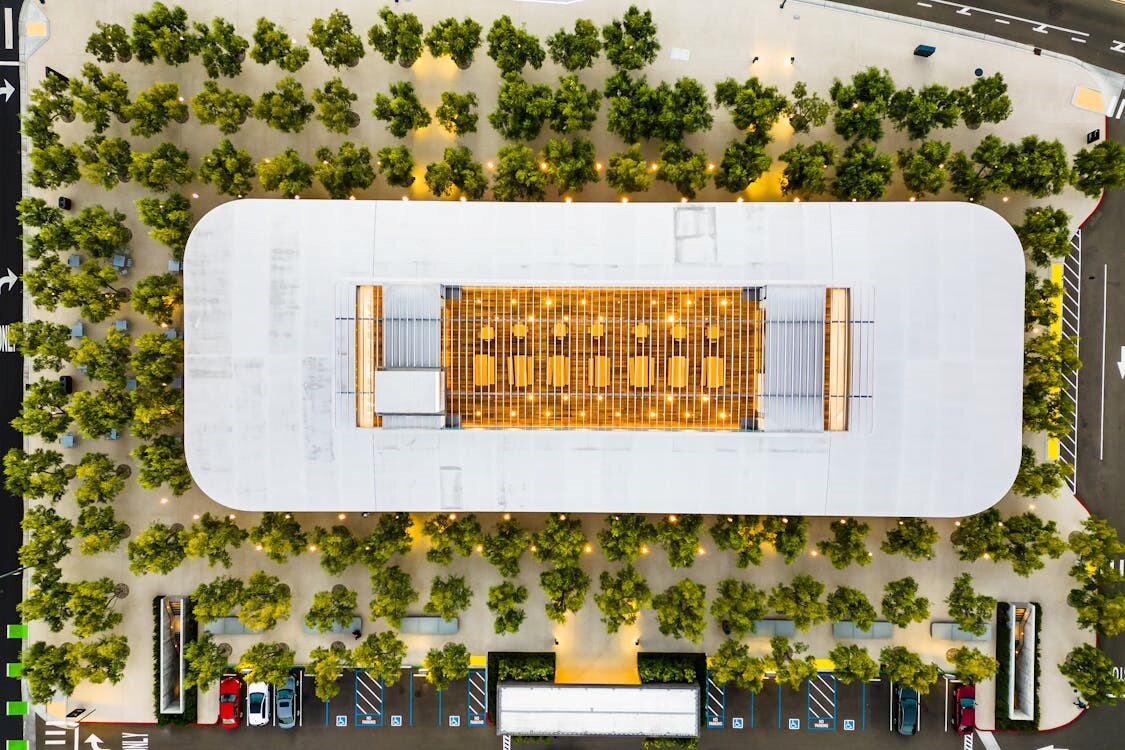When it comes to creating durable and effective equipment support structures, selecting the right materials is crucial. The choice of materials affects not only the longevity of the support structures but also their performance under various environmental and load conditions.
According to a report by the American Institute of Steel Construction (AISC), the choice of materials in construction projects can influence the lifespan of structures by up to 50%. Selecting the right material for rooftop equipment support structures requires a careful approach, analyzing a number of different aspects.
A well-defined framework helps in evaluating different materials based on specific criteria such as strength, durability, cost, and environmental impact. In this article, we will outline a comprehensive framework for selecting materials for long-lasting equipment support structures.
The Framework for Material Selection
To illustrate this framework, let’s consider a scenario where a company needs to install rooftop supports for heavy HVAC units on a commercial building. The steps involved in the framework are as follows:
- Identify requirements
- Evaluate material properties
- Conduct testing procedures
- Analyze environmental impact
- Cost-benefit analysis
- Final selection and implementation
Step 1: Identify Requirements
The first step in the material selection process is to identify the specific requirements of the equipment support structures. This includes understanding the load-bearing capacity, environmental conditions, and regulatory requirements.
Let’s consider an HVAC system as an example here. For this, the framework suggests you consider the following:
- Load-Bearing Capacity: Must support the weight of the HVAC units, which can range from 500 to 1,500 pounds each.
- Environmental Conditions: Must withstand wind pressures up to 90 mph, as well as temperature fluctuations from -20°F to 120°F.
- Regulatory Compliance: Must adhere to OSHA, IBC, and NFPA standards for safety and performance.
Step 2: Evaluate Material Properties
The next step is to evaluate the properties of potential materials. This includes their strength, durability, resistance to corrosion, and other relevant characteristics.
Maintaining the HVAC example, the key properties to look for in the materials will include:
- Galvanized Steel: Known for its strength and resistance to corrosion. Can support up to 1,500 pounds and withstand wind pressures of 100 mph.
- Aluminum: Lightweight and resistant to corrosion. Supports up to 1,000 pounds and handles wind pressures of 80 mph.
- Fiberglass: Non-conductive and resistant to corrosion. Supports up to 800 pounds and handles wind pressures of 70 mph.
It is important to note here that when evaluating material properties, it is also important to make a note of the geological factors, particularly the wind pressures a commercial or industrial rooftop usually faces. This can also be tested in the next step.
Step 3: Conduct Testing Procedures
Testing materials under real-world conditions is crucial to ensure their suitability. This includes stress testing, thermal expansion testing, and corrosion resistance testing.
Stress Testing:
- Galvanized Steel: Subject to 1,500 pounds of load for 24 hours. No deformation observed.
- Aluminum: Subject to 1,000 pounds of load for 24 hours. Minimal deformation observed.
- Fiberglass: Subject to 800 pounds of load for 24 hours. Slight deformation observed.
Thermal Expansion Testing:
- Galvanized Steel: Exposed to a temperature range of -20°F to 120°F. Expansion of 0.05 inches observed.
- Aluminum: Exposed to the same temperature range. Expansion of 0.08 inches observed.
- Fiberglass: Exposed to the same temperature range. Expansion of 0.03 inches observed.
Corrosion Resistance Testing:
- Galvanized Steel: Exposed to saline solution for 48 hours. No significant corrosion observed.
- Aluminum: Exposed to same solution. Minor corrosion observed.
- Fiberglass: Exposed to same solution. No corrosion observed.
Step 4: Analyze Environmental Impact
Assessing the environmental impact of materials involves considering their lifecycle, recyclability, and ecological footprint. Keeping in mind the HVAC example:
Lifecycle Assessment:
- Galvanized Steel: Long lifespan, recyclable, moderate ecological footprint.
- Aluminum: Long lifespan, highly recyclable, low ecological footprint.
- Fiberglass: Moderate lifespan, difficult to recycle, moderate ecological footprint.
Step 5: Cost-Benefit Analysis
Comparing the costs and benefits of each material helps in making an informed decision. This includes initial costs, maintenance costs, and long-term benefits.
Cost Comparison:
- Galvanized Steel: Higher initial cost, low maintenance, long-term durability.
- Aluminum: Moderate initial cost, low maintenance, long-term benefits in weight reduction.
- Fiberglass: Lower initial cost, higher maintenance, moderate long-term benefits.
Step 6: Final Selection and Implementation
Based on the analysis, the final selection of material is made. For our scenario, galvanized steel might be the best choice due to its strength, durability, and compliance with safety standards. The implementation phase involves ensuring proper installation to maximize the benefits of the chosen material.
This includes adhering to manufacturer guidelines, performing load tests, and using qualified installers to secure the supports effectively. Additionally, regular maintenance and inspections are crucial to prolong the lifespan of the support structures, checking for signs of wear, corrosion, or damage to ensure continued safety and performance.
PHP Systems/Design: Helping You Make The Right Material & Design Choice
At PHP Systems/Design, we specialize in creating customized roof support solutions that meet the highest safety and compliance standards. Our designs incorporate the latest innovations in material science, load distribution, and environmental sustainability to ensure that your rooftop installations are secure, durable, and compliant with all relevant regulations.
Whether you need support structures for HVAC units, generators, solar panels, or communication antennas, our expert team can create a solution tailored to your specific needs. For reliable, compliant, and innovative rooftop support solutions, contact PHP Systems/Design at 800.797.6585. Let us help you enhance the safety and compliance of your building with our state-of-the-art support systems.




